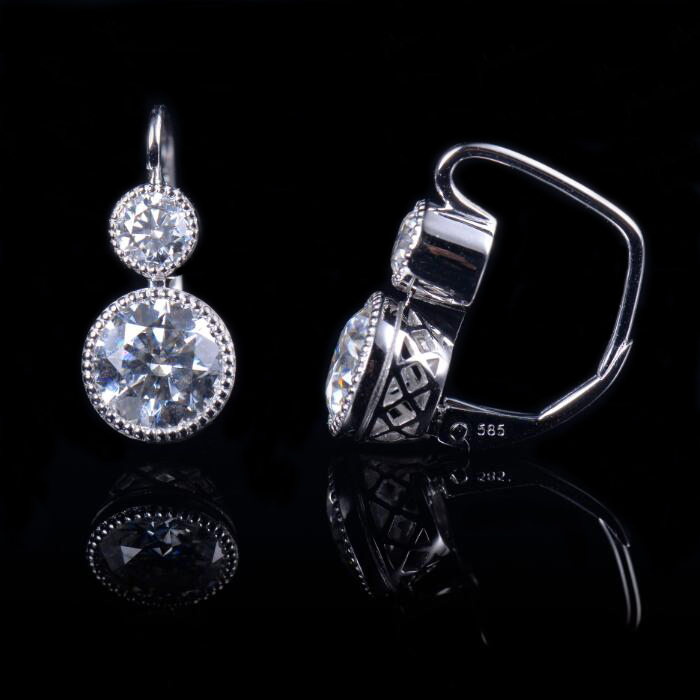Lab Grown Diamonds
2022-06-14
Lab-grown diamonds exhibit the same optical, physical, and chemical properties as natural diamonds.
Scientists create them in a lab. They start with rough crystals and are grown using either HPHT (High Pressure High Temperature) or CVD (Chemical Vapor Deposition) — sometimes both methods. Lab-Grown Diamonds can cost 30-50% less than Natural Diamonds.

Lab-Grown Diamond got their start in the ‘50s with General Electric — the power company. Although General Electric pioneered lab-grown diamonds, they grew these diamonds through just one process. Today, there are two ways.
We’ll start with the first.
Chemical Vapor Deposition (CVD)
The CVD process was invented first— in 1952 by William Eversole at Union Carbide. This process allows diamonds to grow in an entirely different way than the HPHT process. CVD starts with a natural diamond slice (or seed) placed in a chamber and exposed to less extreme temperatures (approximately 1,200–3,000 degrees Fahrenheit) and lower pressure (100 – 550 PSI).
Recent advancements have made this growth process more advantageous. Methane and hydrogen gas are injected into the chamber and combined with high heat. The electrons separate, forming plasma gas. The freed carbon then rains down on the seed, growing new diamond crystals. Typically, this process produces brown or gray diamonds, which are turned colorless through an HPHT annealing process. This process takes several days to a few weeks.
High-Pressure High-Temperature (HPHT)
The HPHT process grows diamonds using diamond presses, machines that mimic the extreme conditions that form diamonds within Earth’s upper mantle: intense pressure (725,000 – 870,000 PSI) and intense heat (2,300–2,900 degrees Fahrenheit). In this process, diamond source powder dissolves in molten metal flux and deposits on diamond seed crystals.
This process dates back to 1954. By the 1970s, General Electric started commercially producing “gem-quality” HPHT lab-grown diamonds. In the following years, General Electric and other companies grew larger sizes of non-gem-quality diamonds strictly for industrial use. Since then, HPHT technology has come a long way, now growing lab-grown diamonds for use in jewelry. This process takes several days to a few weeks.
Lab-grown diamonds are an increasingly popular, attractively priced center stone option. In the past few years, we’ve seen a growing trend among consumers toward interest and acceptance of lab-grown diamonds.
Previous:Wedding Band
X
We use cookies to offer you a better browsing experience, analyze site traffic and personalize content. By using this site, you agree to our use of cookies.
Privacy Policy



